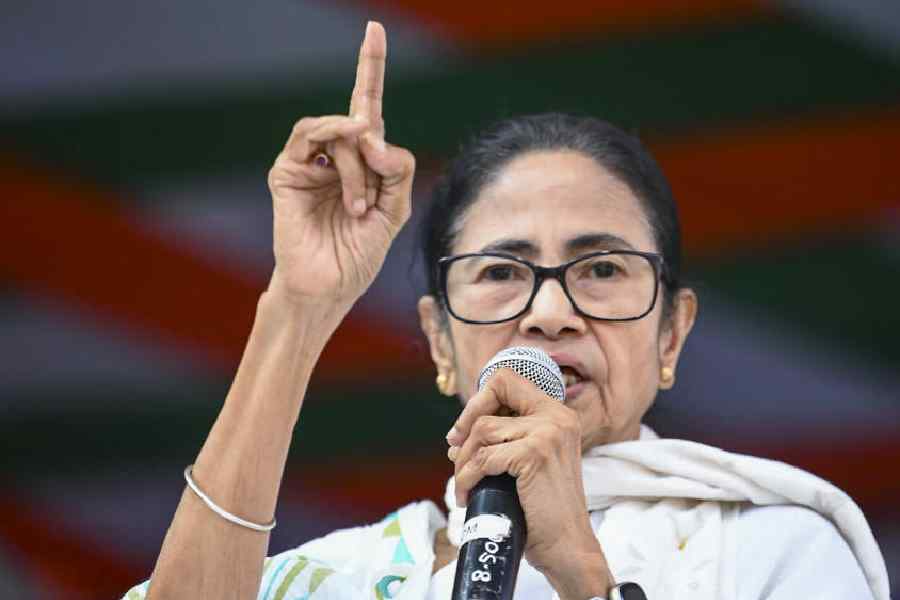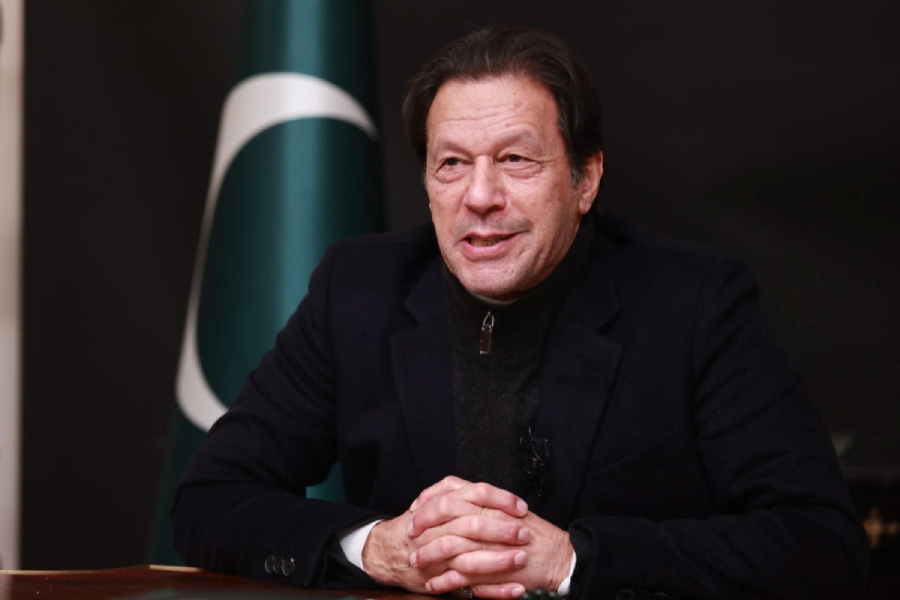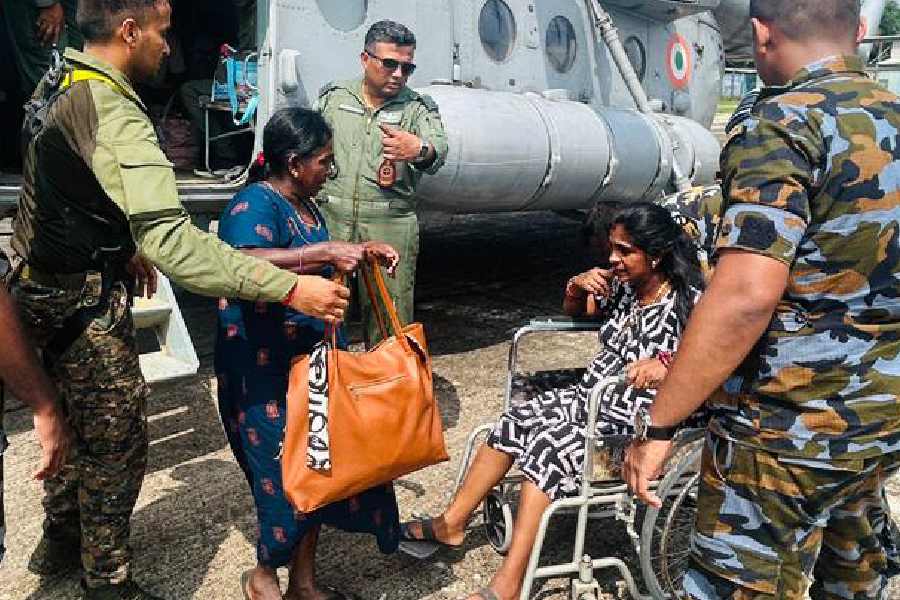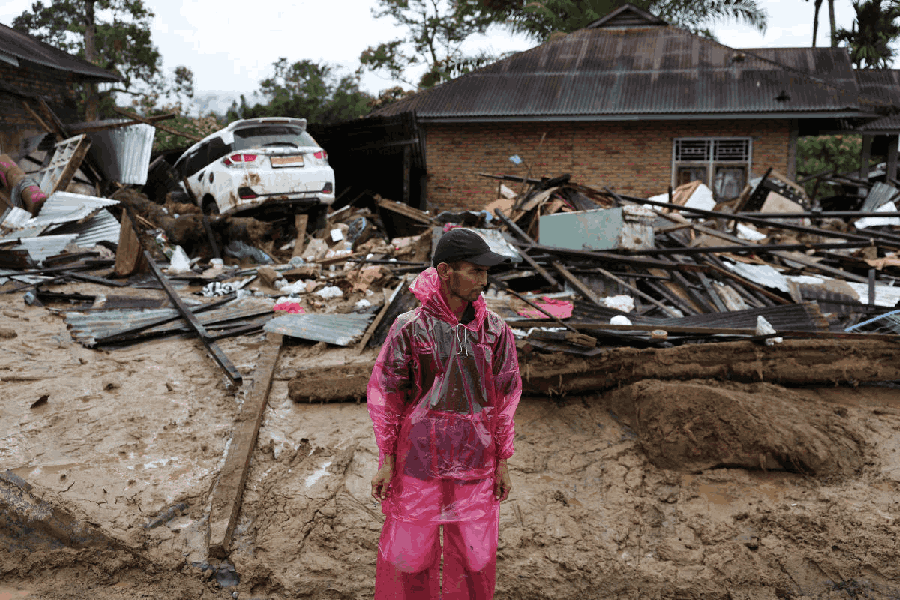 |
 |
| (From top) SSKM; the site for the Raiganj hospital (Nantu Dey) |
Calcutta, Feb. 6: Take heart, Nano. Bengal has buried a “historic blunder” after 52 years, which means if history repeats itself, the small car has a chance of returning to the state in 2061!
The 52-year-old mistake was corrected yesterday when Bengal embraced the central approval to build an AIIMS-like institute in Raiganj.
As early as in 1957, the Centre had offered to turn SSKM Hospital into an “AIIMS-type” institute. But the then chief minister, Bidhan Chandra Roy, had turned down the offer.
Between the imperious rejection then and the grateful acceptance now lies the tale of the fall and fall of Bengal.
B.C. Roy, himself a doctor, had declined the central offer because he felt that the state government should take the responsibility of furthering research in medicine by building a postgraduate centre here rather than aspire for a “centrally sponsored higher medical centre’’.
Old-timers recalled that in 1957, a year after AIIMS was founded in Delhi, B.C. Roy was planning to create a post-graduate institute.
“Bidhanbabu was not averse to the Centre’s idea, particularly as his state stood to benefit from it. But his priorities were different. He wanted to build a research institute and not a higher referral speciality hospital where research would have taken a back seat to routine medical treatment. He was also against an AIIMS kind of centre as he feared that it would get converted into a bureaucratic apparatus with government and political intervention. He wanted a purely research institute,” retired IAS officer Dipak Ghosh said.
In the same year and in the same hospital, the then chief minister set up the Institute of Post Graduate Medical Education and Research. (SSKM is called “PG Hospital” after its original name, Presidency General Hospital, founded in 1707). The then Prime Minister, Jawaharlal Nehru, came to Calcutta to inaugurate the postgraduate institute, an SSKM official said.
Medical veterans elsewhere in India felt that the then government in Bengal might not have seen any advantage in an AIIMS as Calcutta had some highly rated hospitals.
“Calcutta was a major centre of excellence in medicine in India until around the 1950s,” said M.S. Valiathan, a senior cardiac surgeon and former director of the Sri Chitra Tirunal Institute of Medical Sciences and Technology, Thiruvananthapuram.
At least one minister in the current Buddhadeb Bhattacharjee government agreed. “Bidhanbabu had said Calcutta was the hub of some of the best government hospitals and hence a central brand wouldn’t be required for the city’s image. The present generation may be shocked to hear this but such was the reputation of these hospitals,’’ PWD minister and RSP leader Kshiti Goswami said.
Many will indeed be “shocked”. Over the years, the newborn AIIMS and the then 250-year-old SSKM followed diverse paths — one to the dizzying heights of India’s most trusted name in healthcare and the other to be known for little else besides the VIP Woodburn ward.
The fall of SSKM from its pedestal was symptomatic of the disease that killed the soul of healthcare in Bengal, from where sick wagons trundled towards the south and the west.
The confidence that B.C. Roy’s rejection exuded gave way to the politics of mere protest without the will to build alternatives. Centre-bashing became a spectator sport.
Five years after Bengal turned its back on an AIIMS-like hospital, Punjab set up an institute. Another five years later, in 1967, Parliament passed an act turning the institute into an autonomous body under the central health ministry, just like AIIMS. That jewel is called the Postgraduate Institute of Medical Education and Research, Chandigarh, which many believe could have been SSKM in Calcutta had the then state government accepted the central proposal.
“It’s not just central funding — AIIMS and the PGIMER also have independent academic councils that empowers them to draw up their own curricula,” a doctor said. “This independence has allowed them to… maintain excellence.”
In the late 1980s, the Left developed a taste for AIIMS and demanded that a similar centre be set up in Kalyani and named after former Bengal governor Nurul Hasan.
“Experts from the Centre had visited Kalyani. Even a boundary wall was constructed. The Centre later dragged its feet and the matter was forgotten,” CPM leader Rabin Deb said.
This was the time the CPM was railing against central proposals like computerisation and Navodaya Vidyalayas, culminating in the rejection of World Bank aid.
Eventually, the CPM began supping with most of its one-time demons, letting Mamata Banerjee pick up the baton of blunders once in a while.
Now it is the turn of the Tata Nano to while away another half a century for history to come full circle. Happy waiting.











